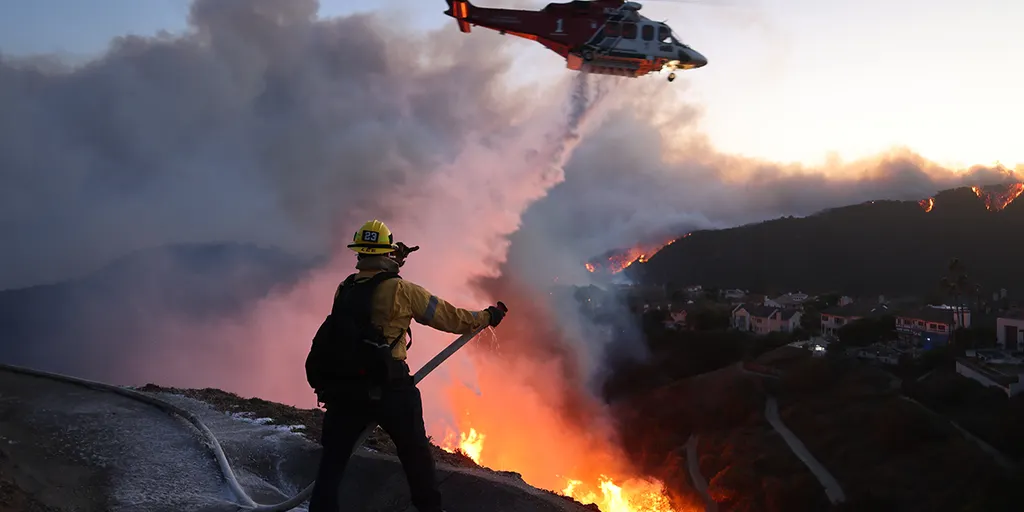Billion-dollar disaster database gets new life with Climate Central
FILE: The U.S. has already endured 11 weather and climate disasters, according to NOAA. Some reports say that FEMA could run out of funding by August, in the height of hurricane season. FOX Business Contributor Scott Martin looks in to if FEMA can afford another record year of billion dollar disasters.
A climate nonprofit has taken up the helm of NOAA‘s recently retired Billion-Dollar Weather and Climate Disasters database, tracking the most expensive and devastating weather and climate disasters.
Climate Central revealed the return of the Billion-Dollar Disaster research analysis and website just five months after NOAA’s National Centers for Environmental Information (NCEI) announced its plans to shut down the database of billion-dollar disasters, citing “evolving priorities, statutory mandates and staffing changes.”
Every year, NCEI released its billion-dollar disaster report, which included historic numbers of weather and climate disasters in 2023 and 2024. The database dates back to 1980, including 403 billion-dollar disasters, resulting in nearly 17,000 deaths and damage totaling more than $2.9 trillion.
24 BILLION-DOLLAR DISASTERS STRUCK US SO FAR THIS YEAR; RANKS AS SECOND MOST ON RECORD
“Climate Central is committed to keeping this critical dataset accessible, timely, and transparent, and will continue to update the analysis to monitor the growing risk of weather and climate-related disasters,” the New Jersey-based nonprofit said.
Research analysis for the billion-dollar disaster database will continue under experienced leadership. Climate Central said Adam Smith, formerly the lead scientist for NOAA’s U.S. Billion-Dollar Weather and Climate Disasters program, will head the analysis of the relaunched database.
Deadly and devastating climate and weather disasters continue to unfold at an alarming rate.
“This data has been used for decades to inform the public, conduct research, insure homes and businesses at risk, and prepare communities and increase their resilience,” Climate Central experts wrote after NOAA’s announcement in May.
According to Climate Central, the average number of billion-dollar disasters per year has grown from about three events per year in the 1980s to nearly 20 events per year in the last decade.
According to Climate Central, since the original NOAA database has been offline, 14 billion-dollar weather and climate disasters have unfolded across the U.S., totaling $101.4 billion in damage.
The Los Angeles wildfires are the costliest event so far, with damage topping $60 billion. The fires are the costliest wildfires in the U.S. on record, nearly doubling the previous record. NOAA’s retirement of the nearly 50-year database happened just two months before deadly flash flooding in Texas Hill Country claimed at least 120 lives.

Search and rescue workers dig through debris looking for any survivors or remains of people swept up in the flash flooding on July 6, 2025 in Hunt, Texas. Heavy rainfall caused flooding along the Guadalupe River in central Texas with multiple fatalities reported.
(Jim Vondruska/Getty Images / Getty Images)
BEFORE-AND-AFTER PHOTOS OF CAMP MYSTIC, KERR COUNTY SHOW DEVASTATION 1 WEEK AFTER DEADLY FLOODS
Devastating spring severe weather, including tornadoes, also contributed to the busy first half of 2025.
Climate Central said the first half of 2025 is well above the inflation-adjusted annual average of nine weather events over the past 46 years.
Source link
editor's pick
latest video
Sports News To You
Subscribe to receive daily sports scores, hot takes, and breaking news!


















